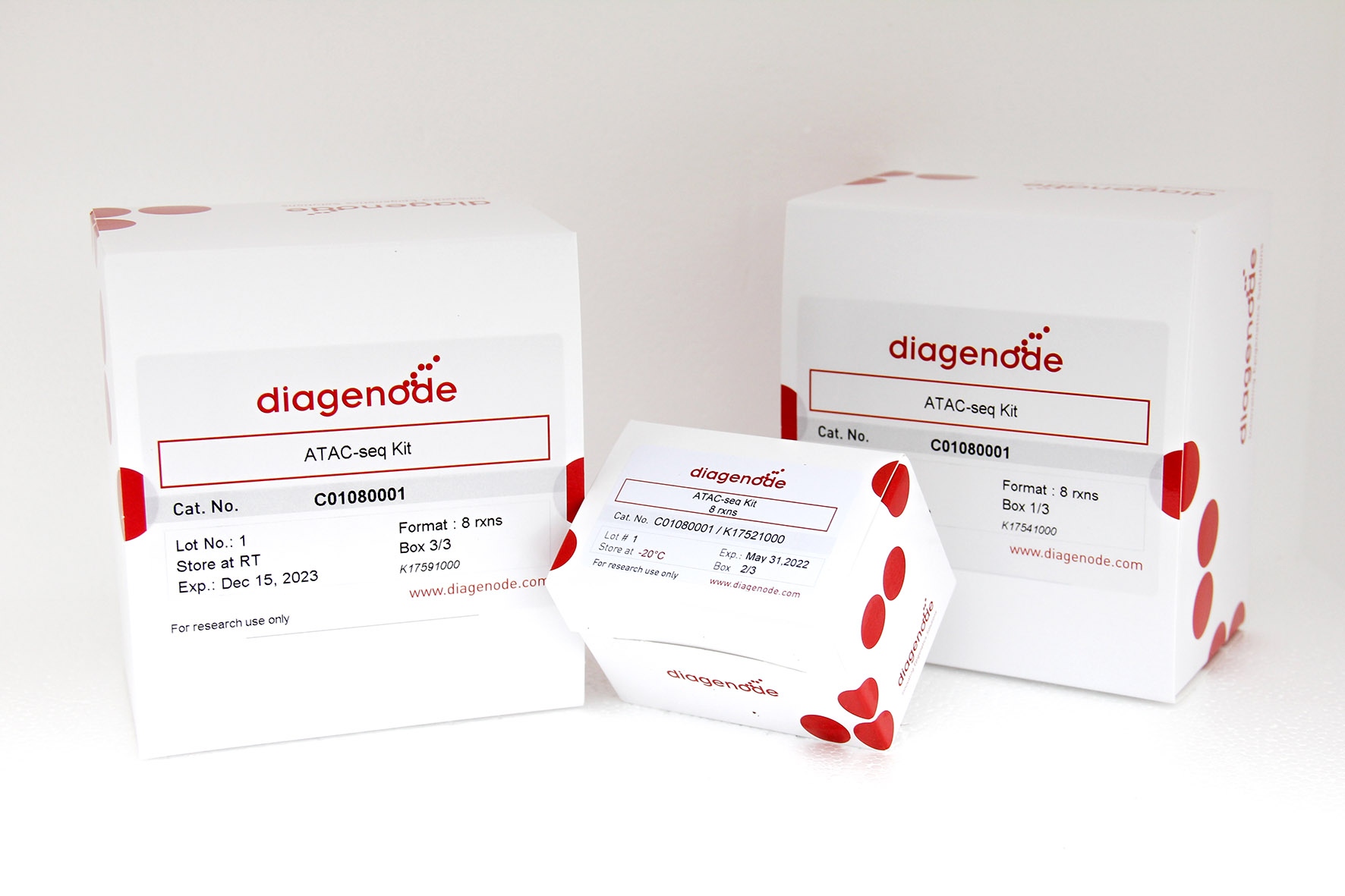Background:
Structural variants (SVs) that disrupt topologically associating domains (TADs) can cause disease by rewiring enhancer-promoter interactions. Duplications involving GPR101 are known to cause X-linked acrogigantism (X-LAG) by enabling aberrant expression of GPR101 through hijacking of enhancers at VGLL1. However, not all GPR101-containing duplications are pathogenic, presenting a diagnostic challenge, especially in the prenatal setting.
Methods:
We evaluated POSTRE, a tool designed to predict the regulatory impact of SVs, to distinguish pathogenic from benign GPR101 duplications. We analyzed six non-pathogenic duplications, and 27 known X-LAG associated pathogenic duplications. Tissue-specific enhancer maps built using H3K27ac ChIP-seq and ATAC-seq data as well as gene expression data derived from human anterior pituitary samples were integrated into POSTRE to enable predictions in a X-LAG relevant tissue context.
Results:
POSTRE correctly classified all 33 duplications as benign or pathogenic. In addition, one X-LAG case with mild clinical features (e.g., severe GH hypersecretion in the absence of pituitary tumorigenesis) was found to include only 2/5 VGLL1 enhancers (also predicted to be the weakest enhancers), whereas all 26 typical X-LAG cases had ≥4 enhancers duplicated. This suggests that milder enhancer hijacking at VGLL1 could explain the different clinical features of X-LAG in this individual.
Conclusions:
These findings support the utility of POSTRE to support diagnostic pipelines when interpreting SVs affecting chromatin architecture in pituitary disease. By accurately modelling enhancer adoption in a cell type-specific context, POSTRE could help to reduce uncertainty in genetic counselling and offers a rapid alternative to performing chromatin conformation capture experiments.

